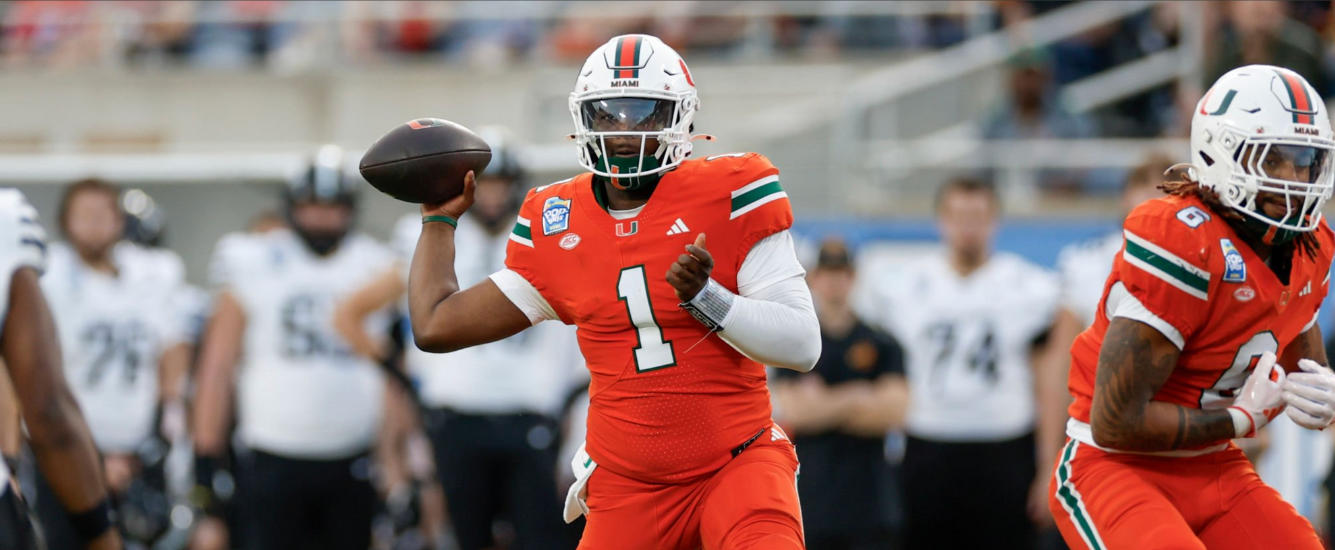From a top-down perspective, I’ve quantified a golfer’s baseline skill with my PRK Score. Last year, I backtested it through the 1995 PGA Season and it’s been pretty successful. The PRK is one of the main inputs in my simulator but there also has to be a volatility component. Otherwise, the simulator would just go straight chalk and we wouldn’t really glean anything from the simulations. My raw Power Ranking is a measure of how well a golfer does in each round. It’s adjusted for field strength and course, among other things. So, I’m measuring the standard deviation of that adjusted score over different time frames. Specifically, I’m looking across the last 24 rounds as a proxy for recent form and the last 150 rounds for long-term form. Depending on which golfer you’re referring to, the average real-time span of those timeframes are as follows:
- Last 24 rounds = About two months
- Last 150 Rounds = A year and a half
The question is how volatile of a golfer are we looking for. Should we be targeting the elite, more consistent golfers?
Golfers between 70 and 80 in PRK Score
We’ll use the same cutoffs that we left off with from Part 2 of this series here. This is the last group that we’ll use T5 rates instead of win rates. Even golfers in this tier only win about 1.1% of the time. That isn’t a realistic outcome that we should be targeting in this range. If we manage to get a winner from this cohort, great, but it isn’t something we can expect with any regularity.
| Volatility Group | Top 5 Rate (L24 Rounds) | Top 20 Rate
(L24 Rounds) |
Made Cut Rate (L24 Rounds) | Top 5 Rate (L150 Rounds) | Top 20 Rate
(L150 Rounds) |
Made Cut Rate (L150 Rounds) |
| More Volatile | 8% | 25% | 58% | 8% | 26% | 60% |
| Less Volatile | 6% | 25% | 65% | 7% | 25% | 63% |
Looks like more of the same. Again, all of this makes sense intuitively. The golfers who are more volatile are more likely to miss the cut but when they’re on, they’re more likely[1]or just as likely to hit a ceiling outcome. Going from the 60-70 group up to the 70-80 group also results in a significant jump in top-20 rate.
Golfers between 80 and 90 in PRK Score
We’re getting closer and closer to the elite golfers. With this perceived skill comes a higher salary and higher ownership. Golfers in this PRK Group have won, historically, at a 2.5% clip.
| Volatility Group | Win Rate (L24 Rounds) | Top 10 Rate
(L24 Rounds) |
Made Cut Rate (L24 Rounds) | Win Rate (L150 Rounds) | Top 10 Rate
(L150 Rounds) |
Made Cut Rate (L150 Rounds) |
| More Volatile | 3% | 20% | 64% | 3% | 21% | 68% |
| Less Volatile | 2% | 22% | 77% | 2% | 22% | 73% |
There’s a significant jump in the likelihood of a made cut in this group compared to the 70 to 80 PRK Score Group. The same trend continues here, where the more volatile golfers are more likely to win[2]true ceiling outcome but slightly less likely to make the cut across both timeframes
The Cream of the Crop, 90-Plus PRK Score
Once we get to this level, we’re essentially splitting hairs. It’s worth noting that the golfers from this group have won the tournament about one-quarter of the time since 1995. There’s a ton of win equity in this range, but does knowing a golfer’s volatility, over any timeframe, give us a better chance at finding those ceiling outcomes?
| Volatility Group | Win Rate (L24 Rounds) | Top 10 Rate
(L24 Rounds) |
Made Cut Rate (L24 Rounds) | Win Rate (L50 Rounds) | Top 10 Rate
(L50 Rounds) |
Made Cut Rate (L50 Rounds) |
| More Volatile | 6% | 33% | 78% | 6% | 35% | 81% |
| Less Volatile | 6% | 37% | 85% | 6% | 35% | 82% |
Short answer: Not really? The actual volatility that is measured with these golfers represents far less of a spread than the golfers that are lower on the PRK Score scale. That makes sense intuitively because the best golfers are the best because of their ability to consistently perform. Even the “bad” golfers on tour are world-class. They just happen to float between the absolutely best in the world to the 99th percentile in the world.
Overall Takeaways
- If you’re going to go dumpster diving in DK Salary, you should be fully prepared to have a red MC in your lineup come Saturday morning.
- If you are in the 60-90 range in PRK Score, you’re probably better off going for the more volatile golfers. You’ll find more missed cuts, but when you catch those more volatile golfers’ ceiling outcomes you’ll be in better position for GPPs.
- If you’re paying all the way up, play the ownership game. We’re not meaningfully able to parse out the differences between the absolute best golfers in the world so why bother? Again, you’re putting yourself in a leverage situation to take advantage of the inherent chaos that goes along with a golf tournament.















